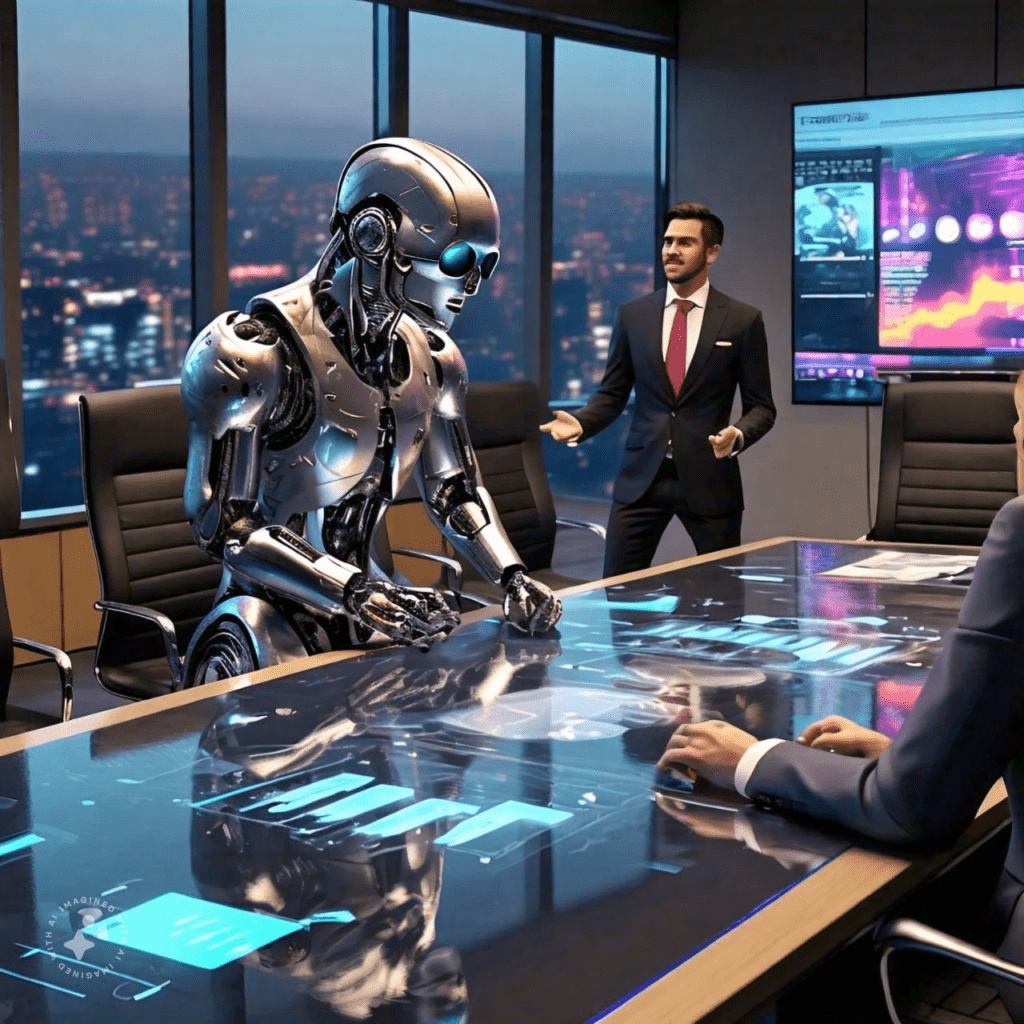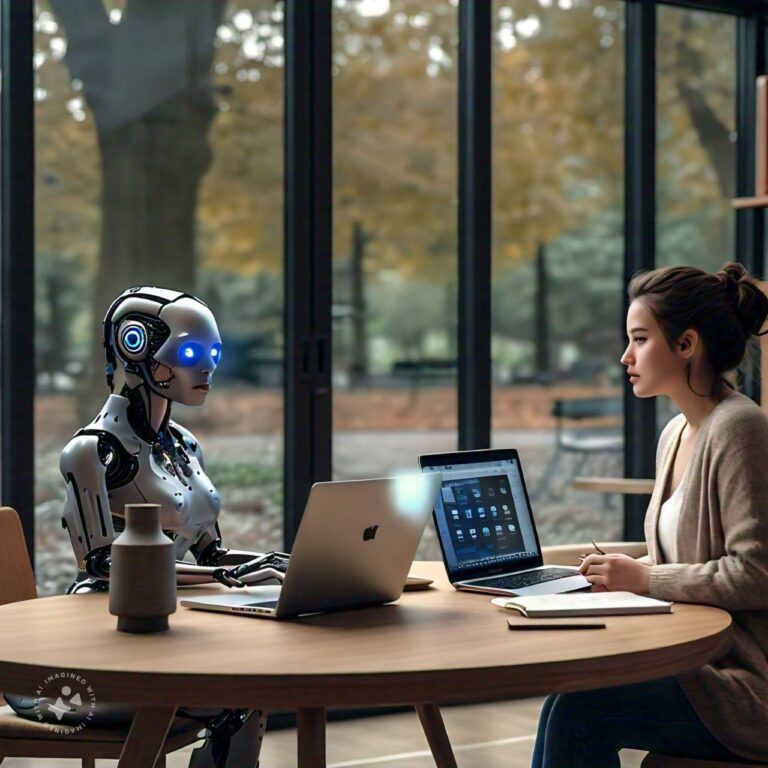1. Introduction
Artificial Intelligence (AI) is a branch of computer science that aims to create systems capable of performing tasks that typically require human intelligence. These tasks include problem-solving, learning, perception, and decision-making. AI encompasses various subfields, including machine learning, natural language processing, and robotics, and it has been integrated into numerous industries, revolutionising how we live and work.
The rapid advancements in AI technology have made it an invaluable tool for predicting future trends. By analysing vast amounts of data and identifying patterns, AI can offer insights into potential developments across various sectors. This ability to foresee trends is crucial for businesses, governments, and individuals to make informed decisions and stay ahead in an ever-evolving world.
Understanding future trends helps organisations and individuals prepare for upcoming changes, capitalise on new opportunities, and mitigate potential risks. In a world where technology and societal norms constantly shift, staying informed about future trends is essential for strategic planning and long-term success.
2. AI’s Role in Predicting Trends
AI leverages advanced algorithms and machine learning techniques to analyse large datasets. It identifies patterns and correlations within the data, predicting future occurrences. AI models can process structured and unstructured data from various sources, including social media, market reports, and historical records, to generate accurate forecasts.
Examples of AI Applications in Trend Prediction
- Retail: AI predicts consumer behaviour and preferences, helping retailers optimise inventory and marketing strategies.
- Finance: AI models forecast stock market trends, aiding investors in making informed decisions.
- Healthcare: AI predicts disease outbreaks and patient outcomes, enabling proactive healthcare measures.
Advantages of Using AI for Forecasting
- Accuracy: AI models can analyse complex datasets more accurately than traditional methods.
- Speed: AI processes data and generates predictions rapidly, allowing for timely decision-making.
- Scalability: AI systems can handle vast amounts of data, making them suitable for large-scale trend analysis.
3. Future Trends in Technology
AI technology continues to evolve, with advancements in areas such as deep learning, natural language processing, and autonomous systems. These developments drive innovation across industries, from self-driving cars to advanced robotics, enhancing efficiency and creating new opportunities.
Emerging Technologies
- Quantum Computing: Promises unprecedented processing power, revolutionising fields like cryptography and complex simulations.
- Blockchain: Enhances security and transparency in transactions, impacting finance, supply chain management, and more.
AI increasingly detects and responds to cyber threats in real-time. By analysing network traffic and identifying anomalies, AI can prevent data breaches and enhance overall cybersecurity measures.
4. Future Trends in Healthcare
AI algorithms analyse medical images and patient data to diagnose diseases accurately. These systems assist doctors in identifying conditions early, improving treatment outcomes.
AI enables personalised treatment plans based on an individual’s genetic makeup, lifestyle, and medical history. This approach enhances the effectiveness of treatments and reduces adverse effects.
The integration of AI in telemedicine is expanding access to healthcare. AI-powered chatbots and virtual assistants provide preliminary diagnoses and health advice, making healthcare more accessible and efficient.
5. Future Trends in Education
AI tailors educational content to individual learning styles and paces, enhancing the learning experience. Adaptive learning platforms adjust lessons based on student performance, ensuring optimal progress.
AI facilitates virtual classrooms and offers tutoring through intelligent systems. These AI tutors provide personalised assistance, helping students grasp complex concepts.
AI-powered tools break down barriers to education by providing resources in multiple languages and accommodating various learning needs, making education more inclusive.
6. Future Trends in Business and Finance


AI models analyse market trends and predict stock movements, assisting traders in making profitable decisions. These systems can process real-time data, offering timely insights.
AI-driven automation transforms the workforce by taking over repetitive tasks. This shift allows employees to focus on more complex and creative activities, increasing productivity.
AI enhances customer service through chatbots and virtual assistants that provide instant support. Additionally, AI analyses consumer behaviour to deliver personalised marketing campaigns, improving customer engagement.
7. Future Trends in Environmental Sustainability
AI models predict climate patterns and assess the impact of various factors on the environment. This information aids in developing strategies to combat climate change and mitigate its effects.
AI optimises resource management in smart cities by monitoring energy usage, traffic flow, and waste management. These systems enhance efficiency and reduce environmental impact.
AI technologies monitor crop health, optimise irrigation, and predict yield outcomes. This approach promotes sustainable farming practices and increases agricultural productivity.
8. Ethical Considerations and Challenges
AI systems can inherit biases from the data they are trained on, leading to skewed predictions. Addressing these biases is crucial to ensure fair and accurate outcomes.
The use of AI involves processing vast amounts of personal data, raising privacy concerns. Implementing robust data security measures is essential to protect sensitive information.
Developing regulatory and ethical frameworks is vital to guide the responsible use of AI. These frameworks should address issues such as bias, privacy, and the ethical implications of AI decisions.
Conclusion
AI predicts significant technological advancements in healthcare, education, business, and environmental sustainability. These trends promise to transform various aspects of society.


